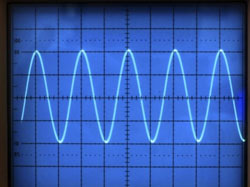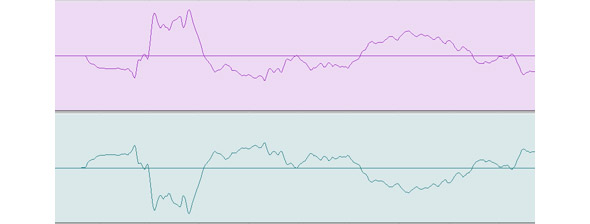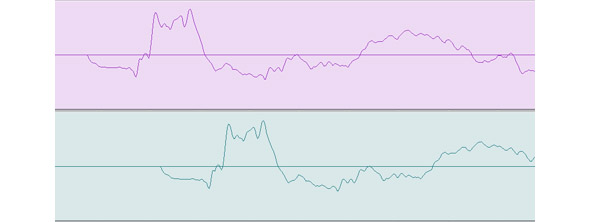What Do We Mean?
One of the most confusing topics in audio is phase.
I think part of what makes it confusing is that people use it in reference to more than one issue.
What always seems to make things clear for me: figure out precisely which aspect is the concern then focus on the part that matters.
It is such an issue that I avoid using the word phase to prevent confusion.
There are really two things people mean when they say “Phase—Timing Difference or Polarity?” Hopefully differentiating these can help you decide if you should push that invert button or move a microphone when things sound weird.
Polarity
You’ll see a button on some mic preamps and other audio gear labeled Phase, Phase Reverse, Phase Invert, etc. This is really polarity.
Engineers will talk about XLR connections being pin 2 hot versus pin 3 hot. This is also polarity.
If you have two mic elements as close together as possible and combining them drops the overall level significantly, someone may describe that as having one mic out of phase with the other, but really this is polarity.
Sound is vibrating air. Molecules are pushed then pulled, then pushed, then pulled and so on. Those air vibrations are the force that moves a microphone element. When the air pushes against the element, there should be a rise above zero in the waveform. When air pulls the element there should be a drop below zero. This pushing or pulling is polarity.
If you reverse the polarity, a push against the mic element will cause a drop below zero instead of a rise above. It will also cause a rise above zero for a pull of the mic element instead of a drop below.
Now some argue that you can hear a difference on a single channel between Push = Rise vs. Push = Drop. I’m not going to argue that one way or the other. The point is: nothing moved earlier or later in time. We simply inverted the push/pull relationship between air pressure and its electrical/sampled representation.
Let’s examine an ideal case of polarity as the issue: combine two identical signals (in volume, spectrum and time) and the volume will double. If you reverse the polarity of only one of those signals (as shown above) and combine them, they will perfectly cancel.
Timing Difference
People will warn when you use more than one mic on a source, be careful not to create phase problems. When the sound of the snare arrives sooner in the snare spot mic than the overheads, this can more accurately be described a timing difference.
Digital signal processing can cause latency, which is sometimes described as sounding “phasey.” You know: latency, as in late, as in timing difference.
A timing difference may cause comb filtering. It may not. So even if you’ve figured out that you’re dealing with the issue of timing difference, not polarity, then you need to investigate comb filtering. Most experienced sound professionals know the sound of obvious comb filtering when they hear it. Other times it may be subtle, making your audio sound less than desirable but not necessarily “phasey.”























